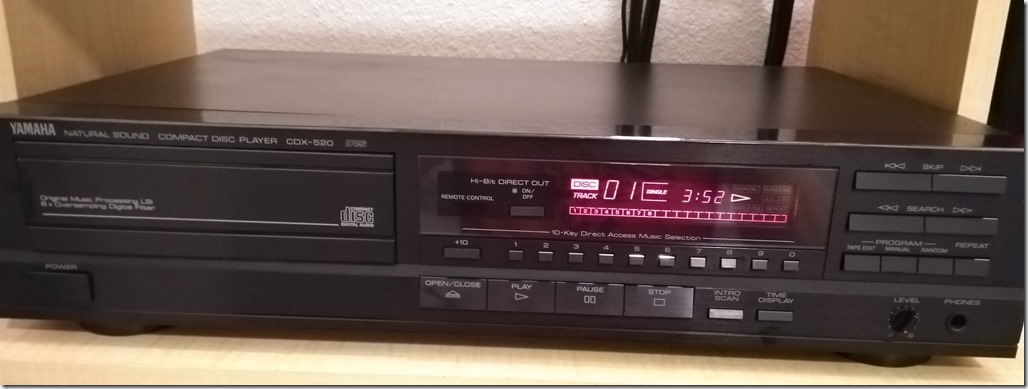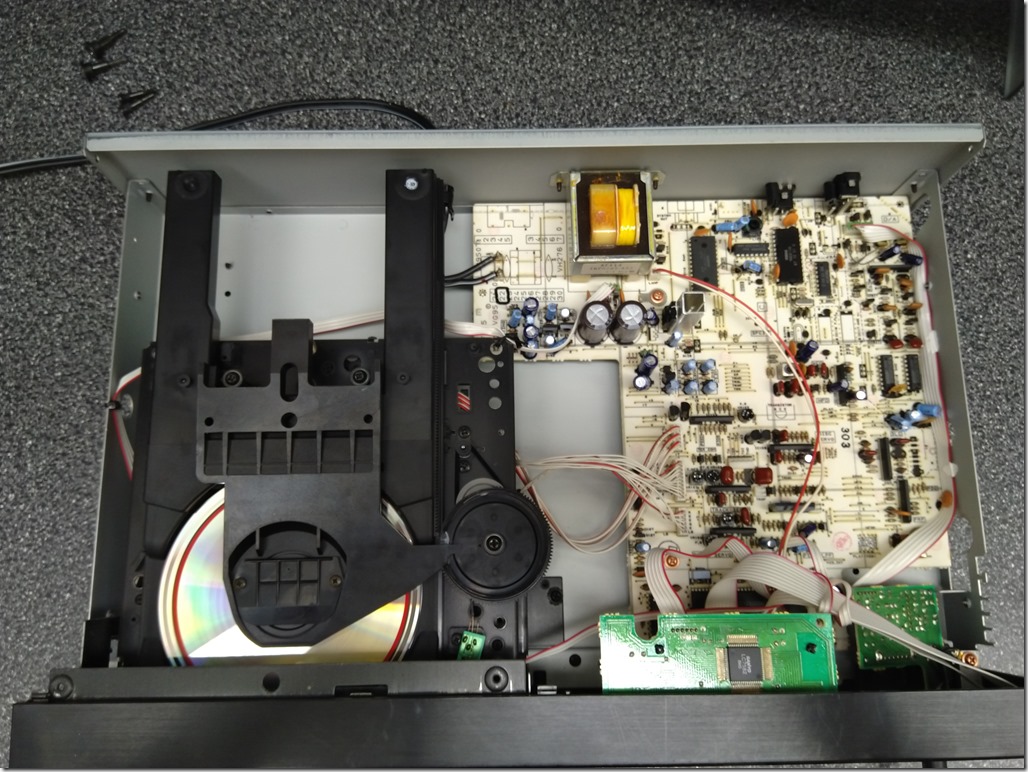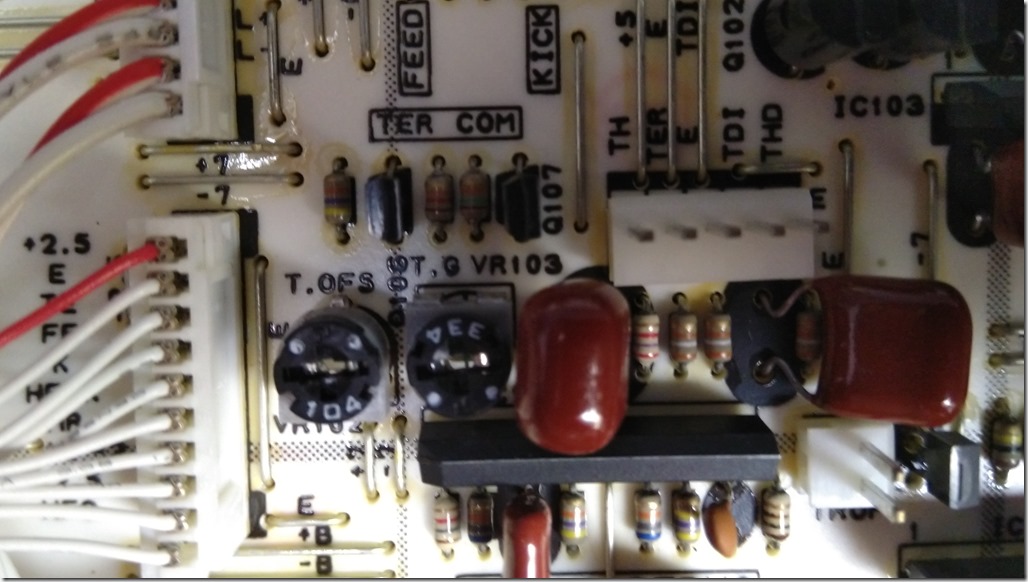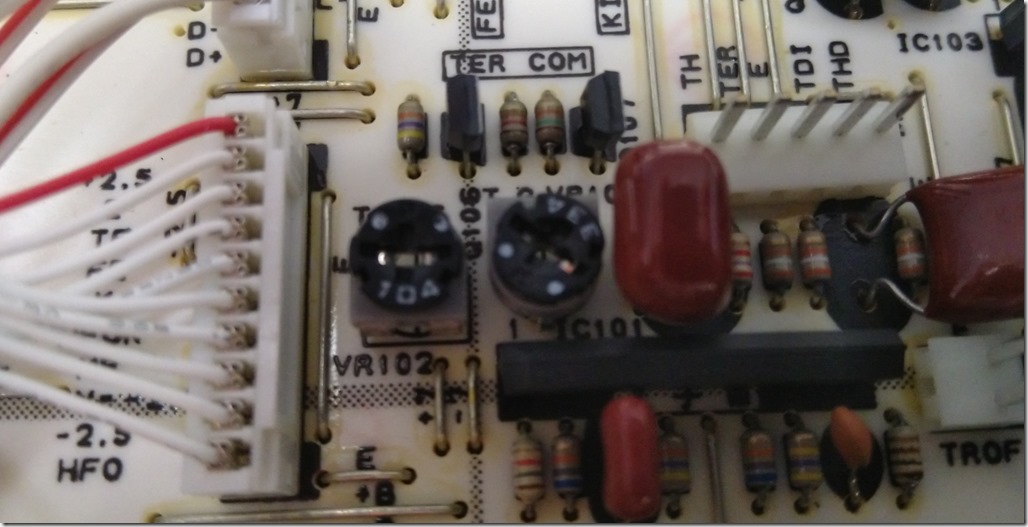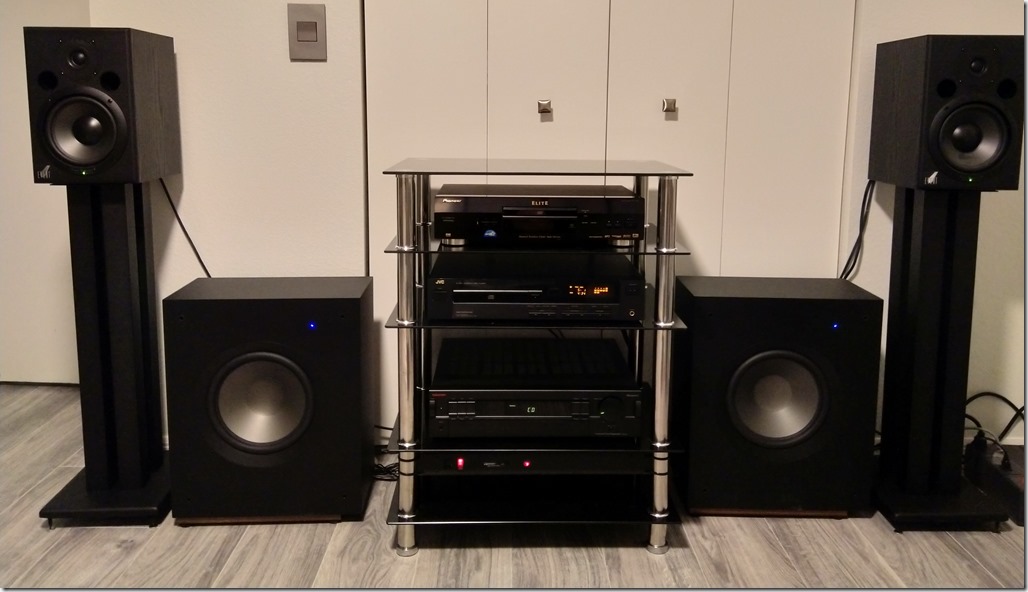Lots of ground to cover here, so be forewarned, and a lot of it is in the no-fucks-to-be-given-anymore realm, so be doubly forewarned.
To begin, all of this now is uncharted territory for me. Recently I broke 50 years of age and maybe a couple years ago, you could not have convinced me otherwise I would be alive right now. That plan had been in the works for many years prior and it was actually coming to fruition, meaning I was beginning my plans to hold down the power button on my life. For whatever reason, I told my doctor about it and after the assistance of some significant pharmaceuticals, I remain.
You might think this is the ideal opportunity to completely reinvent myself, since these days were never planned for, they have no expectations. But that is silly talk. This is no "second wind". That was maybe 15 years ago and I squeezed all the life out of it I had, after all, I had a plan for the finish line. This is "coasting to the finish line." This is more a period of reflection and maintenance and existence. And some of that has been done recently and because it has no repercussions to me in this new uncharted, unplanned life, I have the willingness to jot all of it down.
Whether coincidental to my milestone birthday or not, I received an unsolicited package on my doorstep from my estranged brother. Within were documents and photos of me and my family from the past. Very likely, it was everything from my parents house before it was sold off, all of it crammed and scattered in a plastic tub. Incredibly, of the picture frames loosely placed in the tub, two wooden and one metal frame were broken, and yet, no glass was broken. The whole package carried a sentiment of "This is now out of my house and is your problem now." So it is.
Sometimes, actually probably most times, when a new problem is thrust on me, it is pushed to the top of the stack instead of the end of the queue. This new problem was no different. So I right away took all the photos and documents out and sorted them on the floor. I arranged them by photo size and put them into a new box for processing. The processing I rather wanted to do was throw it all away. However, my archivist instincts forced me to to evaluate the potential loss of this information, useful to only a few people, really, and of that, only of curiosity. Since that evaluation result was greater than zero, I had to concede that at least a modicum of effort must be made to preserve it. So, I chose to scan everything before disposal.
The next two days were spent swapping photos and pages in a flatbed scanner, hours on end, to capture everything in 300dpi. Thinking back to my early computing days, this would be unfathomable. The storage required for 300dpi scans of hundreds of photos would be an astronomical cost. Each picture over 1MB in size? Back then, things were huge if they were 300kb in size. So, time and technology were on my side for this effort. And personal time is also available as I don’t have much going on. I am able to do another hobby concurrently with this task, however this did take precedence over a future pending project (maybe to be announced).
So, hundreds of photos from my past, many I’ve never seen before, suddenly fall in my lap. How does an experience like that make you feel? Well, it sort of forces you to reconcile your past with your present, and for me that wasn’t all that pleasant.
I did not have an unpleasant childhood. I was extremely privileged. I was spoiled. However, I was also very solitary. I never really had more than one or two friends at a time. In ignorance of my affluence and despite the lack of socialization, I was a very fun-loving, happy child. My parents liked taking pictures of me and while I wasn’t exactly a ham in front of the camera, I was willing and I behaved in an a non-self-conscience way that is polar opposite of the person I later became.
I’ve already hit upon one small personal demon so far, and I promised lots of ground to cover, so here’s a personal story tangent.
I’ve not done any real research on this, but I can be confident that in Psych circles there must be a topic of "survivor’s guilt" of success. I carry that guilt. In the current age, I feel horrible for younger generations who will never know how good things used to be. I feel guilty that I grew up in more prosperous times, despite being through two financial crises, I’m more than holding my own. I happened to fall into technology just as it was blooming and it has sustained me all my life. I’m just starting to get into the age of discrimination where if I were to lose my job, I might have a more difficult time replacing it. But still, I don’t think my time will be harder than someone just getting started who needs a BS or Masters degree for an entry-level job.
Seeing my childhood pictures reinforced all my feeling of having an unfair advantage in life. I’m sure a therapist would say that’s not something that can be changed and I can’t feel guilt for something I had no control over, but discarding that self-awareness isn’t the ticket either. Look at all the selfish, unreflective, unaware individuals polluting social media and the news today. The world could use a little more humility and self-reflection. And that was the crushing emotion of scanning my early childhood photos. And then we continue on to later photos…
You can sort of see the change in my demeanor as I grew older, ending in the "sullen teenager" photos. Why this happened, I can’t be entirely sure. There are plenty of things that could contribute to it: my social isolation starting to bear fruit, my parents getting along less and starting to live independent lives, or maybe it was my brother. I don’t want to pin all my misery in life on my brother, although we haven’t spoken in years and I have no desire to reconcile. But to see childhood pictures of the two of us happy, then ending with me scowling at him in a picture with my prom date as he takes the pictures (compared to me beaming in pictures at my GF’s house as her dad took pictures), well, I don’t get along with his personality. I have enough problem in my life without needing that too.
Then we get to photos after I’ve left home and am living on my own. This should be peak life right here, young and healthy with no responsibilities, right? But it wasn’t as good as I wanted. I recall reading a confession by a famous person who said she wished she had a lot more sex when she was young. And you know, that really resonates with me. I’ve recently had some general observations that apply to me specifically, and again, at this point in my life, there’s no real shits to give about the me 30 years ago.
To sum it all up, my problem when I was in my teens and 20’s was that I was a "romantic". That bullshit should be trotted out in your 40’s. When you are young, sex is the thing, not love. Growing up in a tiny, conservative town sort of limits your opportunities, but looking back, I surely could have made more happen. While I was trying to woo girls with sincere displays of affection, they were being snatched up by more aggressive guys. I promised stability, they promised fun. As a 20-something, I had it all fucking wrong. I was a 40 year old in a 20’s body. Such a shame. But thank god there was no social media back then. If there was, I would publicly and ruthlessly labelled as "cringe", as the modern terminology goes. "Cringe" has a lot of meaning, but the one I feel applies best here is, "you’re doing it really wrong and you don’t realize it." It’s embarrassing.
The cringe factor is something that really digs at me when I think of my past. Consider me and my competition. For my part, I do the love letters, the poems, the flowers, all the romantic stuff. The other guy just strikes up a conversation, gets friendly, then either pushes hard or builds a rapport until he gets laid. His work is simple and risk free, mine requires lots of effort. Again, this is complete bullshit when you’re young. And when the guy has had enough of sex from her, he dumps her – no big deal whatsoever. You might think that’s shitty behavior, but you know what, it doesn’t matter. He’ll be remembered as "an asshole, but we had fun and he made me feel good," whereas I would be remembered as "that weird guy. ew." No contest.
While that’s really in the realm of MGTOW sentiment, I want to stress that if you’re pulling that 20’s shit in you’re 40’s, you are an unredeemable asshole and you deserve to die alone. There is a time to act like you’re young and a time to act like an adult. Unfortunately, I never had my time of acting young.
So that sums up my reflections on life from 600+ photos dropped on my doorstep, as well as my reflections on life past 50 that I never intended to have. Life is good and it can always be worse in hindsight.
